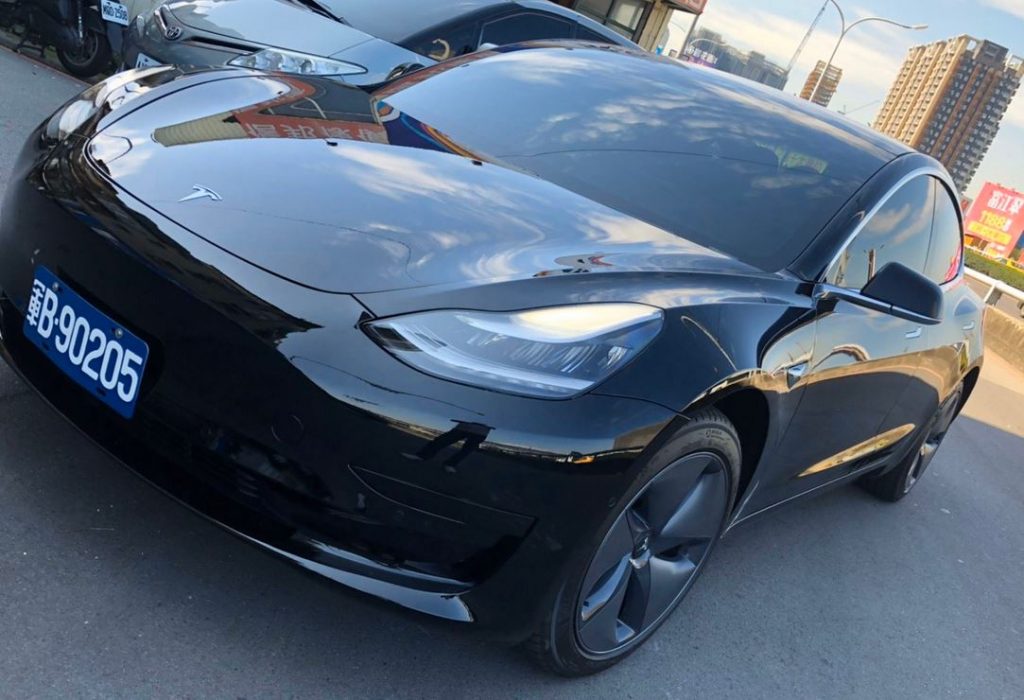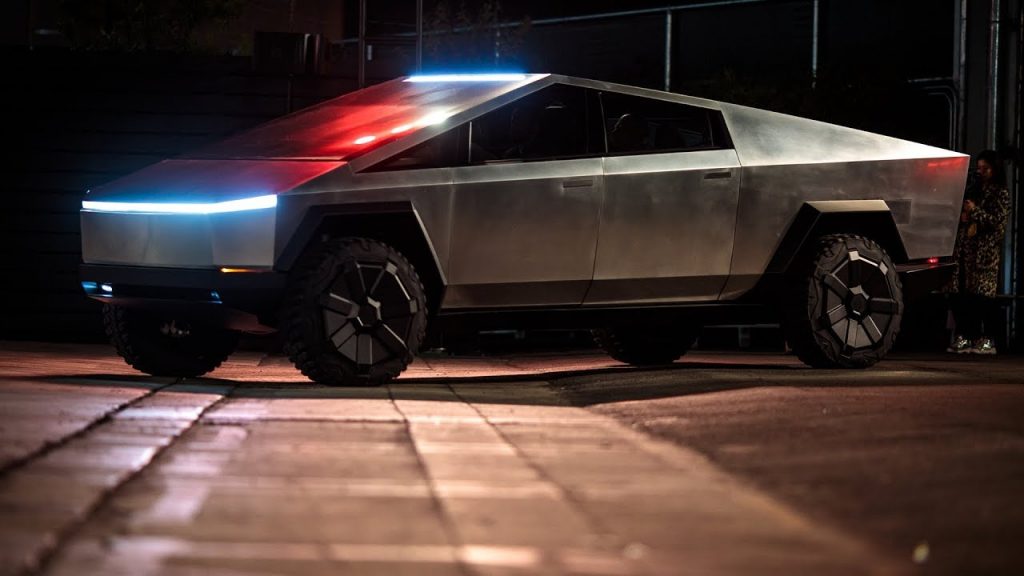The transition of the automotive sector to sustainable solutions will not only affect the mainstream transportation industry. As the adoption of electric cars like Teslas continue, branches of the US government such as the US Army would need to embrace electrification as well. This is something that was recently discussed by 3-Star General Eric Wesley, the director of the US Army’s Futures and Concepts Center.
In an interview with Defense News, Wesley explained why it is pertinent for the military to explore sustainable solutions for its future fleets. The Lt. Gen. also discussed some of the inherent advantages of electric vehicles compared to machines powered by the internal combustion engine. When talking about the current state of the US Army’s sustainable transition, though, Wesley admitted that things are running behind.
“Let’s be clear. We’re behind. We’re late to meet on this thing. If you look at all of the analysis, all of the various nations that we work with, they’re all going to electric power with their automotive fleet, and right now, although we do (science and technology), and we’ve got some research and development going on, and we can build prototypes, in terms of a transition plan, we are not there,” he said.

Wesley and his team are currently preparing a proposal for the head of Army Futures Command that addresses the topic of the US military’s efforts at electrifying its fleet. The 3-Star General noted that there are several key reasons why such an endeavor is needed. One of these is the fact that it is now undeniable that the entire automotive industry is going electric. The Army must do the same, or risk having its vehicles compromised by a potential lack of parts from the supply chain.
Operating electric brigades presents a variety of advantages that are simply not possible with petrol-powered machines. Electric vehicles, for example, are very quiet, and they generally have low heat signatures. This makes them more difficult to detect compared to internal-combustion vehicles. But these are just the tip of the iceberg.
Wesley added that electric brigades have a significant advantage in the way that they can remain deployed for extended periods for time. Since EVs can be charged from renewable sources such as the sun, they could operate independently in potentially contested environments. “We have to operate distributed, which means you have to have organic power that is readily available… Electrification allows you to have access to readily available power to distribute not only for the vehicle but for all those different systems that I have,” the Lt. Gen. said.

Lastly, electrified army vehicles have far less parts than regular petrol-powered machines. Tesla’s electric motors only have a few dozen moving parts, for example, while a regular internal combustion engine has thousands of moving parts. Key components such as batteries are usually modular as well, which means that replacing compromised sections could be accomplished fairly easily. Several electric vehicles today share a lot of the same parts as well, fostering commonality.
Electric vehicles have grown and evolved to the point where some EVs today are objectively better than their internal combustion counterparts, period. Battery costs are also dropping, with companies like Tesla reportedly approaching the $100 per kWh milestone. Vehicles such as the Tesla Cybertruck, which could be perfect for the Army due to its durable exoskeleton and over 500-mile range, suggests that more electric innovations are in active development as well.
Ultimately, Wesley admitted that the US Army’s transition to electric vehicles would come with a substantial price tag. That being said, he estimates that the cost to power an all-electric brigade will be lower than the cost to power the military’s existing internal combustion vehicles.

(adsbygoogle = window.adsbygoogle || []).push({});
<!–
–>
var disqus_shortname = «teslarati»;
var disqus_title = «Tesla and other EVs are a good fit for the US Army's next-gen brigades: 3-Star General»;
var disqus_url = «https://www.teslarati.com/tesla-cybertruck-evs-us-military-perfect-fit/»;
var disqus_identifier = «teslarati-133802»;

